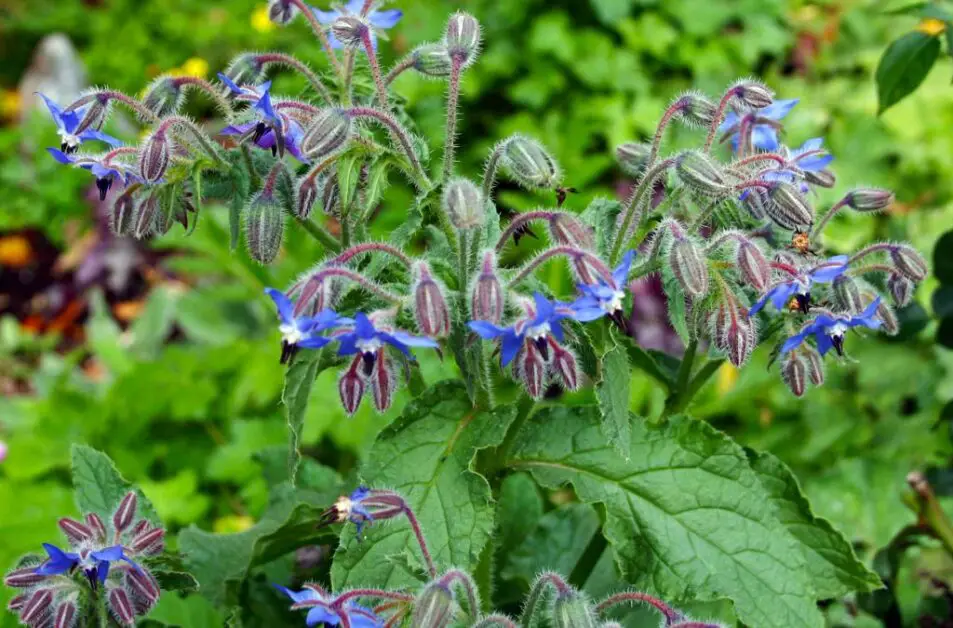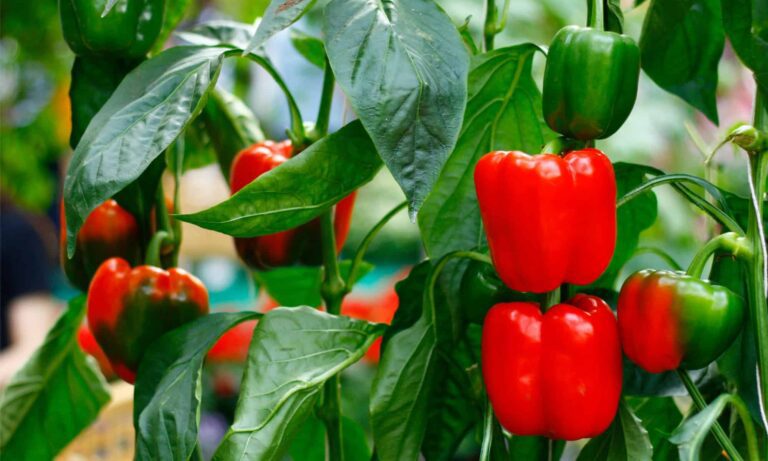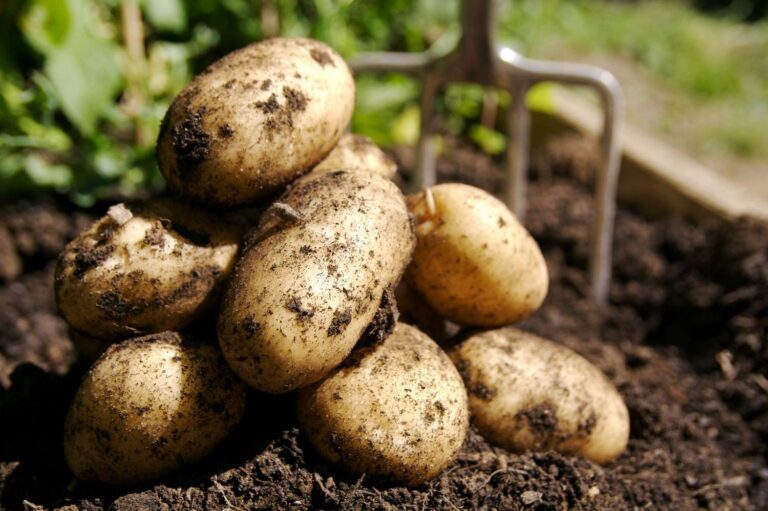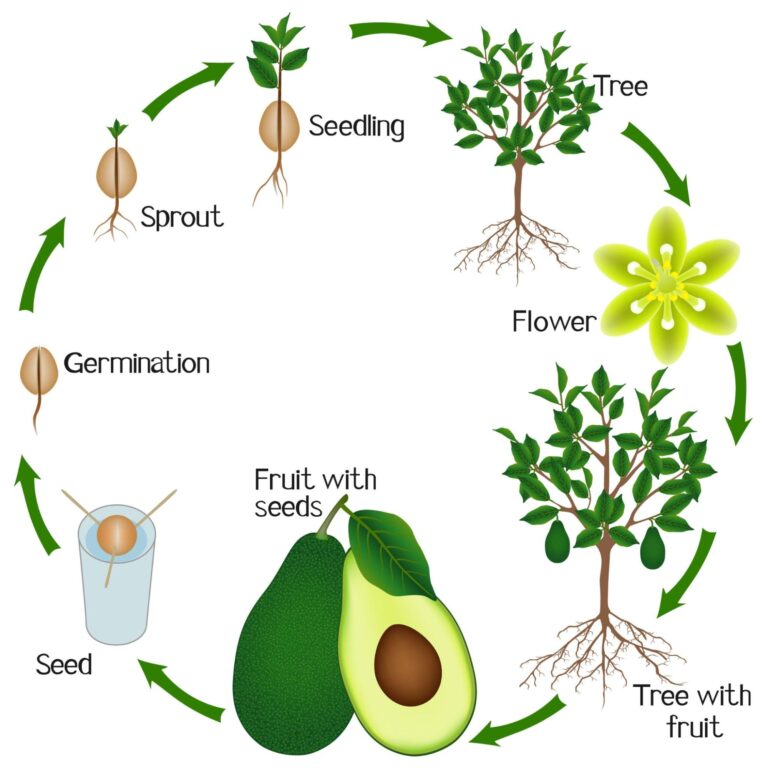Growing Borage: Edible Pollinator-Friendly Plant
Growing Borage: Edible Pollinator-Friendly Plant
Borage, scientifically known as Borago officinalis, is a remarkable plant that offers a multitude of benefits for both the garden and the body. One of the key advantages of borage is its ability to attract beneficial pollinators like bees and butterflies with its vibrant blue flowers. These pollinators play a crucial role in the ecosystem, aiding in the fertilization of other plants in the garden.
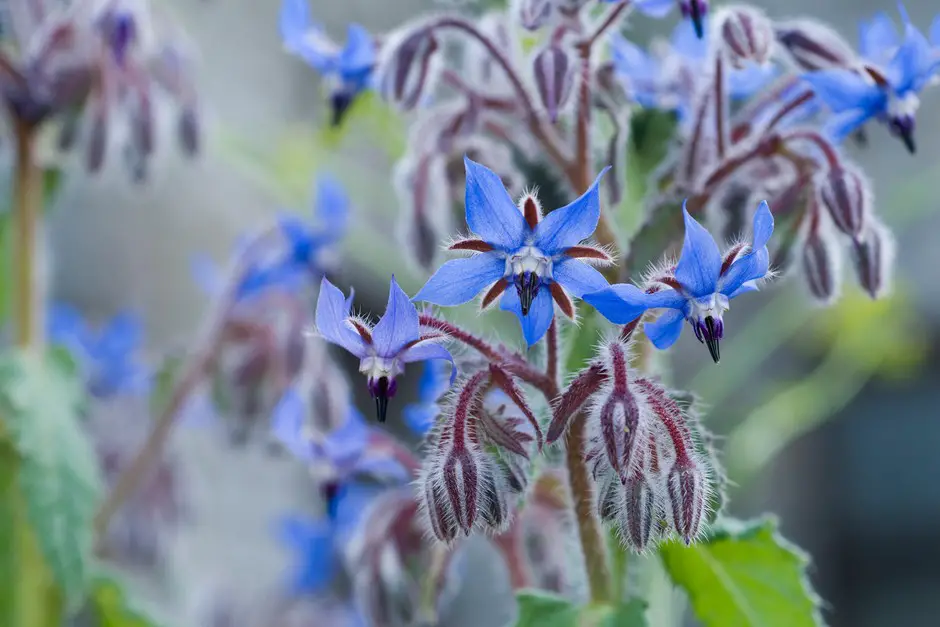
Furthermore, borage is a versatile herb that not only enhances the aesthetic appeal of a garden but also serves as a valuable addition to the kitchen. Its delicate leaves and edible flowers possess a mild cucumber-like flavor, making them ideal for garnishing salads, cocktails, and desserts. Rich in essential fatty acids, antioxidants, and minerals, borage is also believed to have various medicinal properties, from reducing inflammation to promoting healthy skin and hair.
History of Borage
Borage, also known by its scientific name Borago officinalis, has a rich history dating back centuries. Believed to have originated in the Mediterranean region, borage has been cultivated for its culinary and medicinal properties since ancient times. The plant’s delicate blue star-shaped flowers have been used not only to garnish dishes but also as a source of inspiration for poets and artists throughout history.
During the Middle Ages, borage was commonly grown in European gardens for its purported medicinal benefits, particularly for its supposed ability to bring courage and comfort to the heart. The plant’s leaves were often brewed into teas or added to salads and soups for their cooling and soothing properties. Borage’s historical significance and versatile uses have contributed to its enduring popularity in gardens and herbal practices around the world.
Growing Conditions for Borage
Borage, also known as starflower, is a hardy and versatile plant that thrives in a variety of growing conditions. This herbaceous annual plant is native to the Mediterranean region and has been cultivated for centuries for its culinary and medicinal properties. To successfully grow borage in your garden, it is essential to provide the right growing conditions to ensure healthy growth and optimal harvest.
Borage prefers well-draining soil that is rich in organic matter, with a slightly acidic to neutral pH level. It can adapt to various soil types, including sandy, loamy, or clay soils, as long as they are not waterlogged. Additionally, borage thrives in full sun but can tolerate partial shade, making it a versatile addition to any garden or landscape. By ensuring the right soil conditions and sunlight exposure, you can cultivate a thriving borage plant that will reward you with its vibrant blue flowers and flavorful leaves.
Soil Requirements for Borage
Borage plants thrive in well-draining soil that is rich in organic matter. They prefer a slightly acidic to neutral soil pH level ranging from 6.0 to 7.0. Sandy loam or loamy soil types are well-suited for borage cultivation as they promote good root development and water drainage, preventing waterlogging which can harm the plant’s health.
It is important to ensure that the soil is loose and aerated to allow for proper root growth and nutrient uptake. Adding compost or well-rotted manure to the soil before planting can help improve its structure and fertility, providing borage plants with the necessary nutrients for robust growth. Additionally, avoiding soil compaction and ensuring proper soil moisture levels will contribute to the overall health and productivity of borage plants.
Here is a table that shows the requirements of soil for borage plants:
| Soil Requirements for Borage | Description |
|---|---|
| pH Level | Prefers slightly acidic to neutral soils with a pH range between 6.0 and 7.0. |
| Texture | Thrives in well-drained sandy loam or loamy soils with good fertility. |
| Moisture | Requires moderate moisture levels; avoid waterlogged conditions. |
| Sunlight | Prefers full sun but can tolerate partial shade, especially in hot climates. |
| Nutrients | Benefits from fertile soils; supplement with organic matter if soil fertility is low. |
| Temperature | Tolerates a wide range of temperatures but performs best in moderate climates. |
| Competition | Competes well with weeds once established but may benefit from weed control during establishment. |
Watering Needs for Borage
Borage plants have moderate water requirements, making them relatively easy to maintain. These drought-tolerant herbs perform best in well-draining soil with sporadic deep watering. Over-watering can lead to root rot and other diseases, so it’s crucial to strike a balance in the watering regime of your borage plants. During hot and dry periods, ensure the soil is kept consistently moist but not waterlogged.
It’s advisable to water your borage plants deeply, allowing the water to reach the roots effectively. The frequency of watering will depend on the weather conditions and the moisture levels of the soil. As a general rule of thumb, borage plants typically require watering once or twice a week, adjusting as needed based on the specific conditions of your garden. By observing the plant’s response to watering, you can fine-tune your approach to meet the hydration needs of your borage effectively.
Sunlight Requirements for Borage
Borage plants thrive in full sunlight, requiring a minimum of 6 to 8 hours of direct sunlight per day to reach their full potential. In ideal conditions, borage can even tolerate some partial shade, but it may affect the plant’s growth and flower production. Ensuring that your borage plants receive ample sunlight will promote sturdy stems, lush foliage, and an abundance of beautiful blue star-shaped flowers.
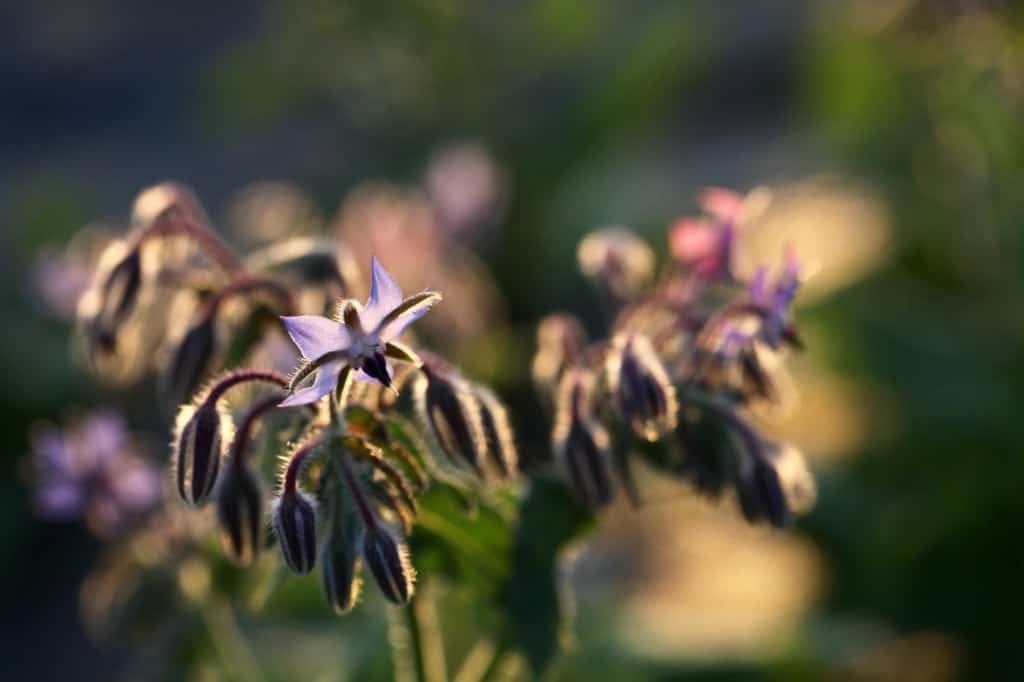
When determining the best location to plant your borage, consider areas in your garden that receive the most sunlight throughout the day. Placing borage in a spot where it can bask in the sun’s rays will not only encourage vigorous growth but also enhance the flavor and medicinal properties of the plant. By prioritizing proper sunlight exposure for your borage plants, you can cultivate a thriving and vibrant addition to your garden that will bring joy and benefits for both you and your local ecosystem.
Propagation Methods for Borage
To propagate borage, gardeners can choose between seed sowing or division methods. Borage seeds can be directly sown in the ground after the last frost date for the region. The ideal soil temperature for borage seed germination is around 60-70°F (15-21°C). Sow the seeds about ¼ inch (6mm) deep in well-draining soil, and keep the area consistently moist to help with germination. Once the seedlings have developed a few sets of true leaves, thin them out to provide adequate spacing for growth.
Alternatively, borage can also be propagated through division. Established borage plants can be divided in early spring or fall by carefully digging up the plant and dividing its root ball into sections. Each divided section should have some healthy roots and shoots attached. Replant these divisions in fertile, well-draining soil at the same depth as they were growing previously. Proper watering and care will help the divided plants establish themselves and continue to thrive.
Harvesting Borage Leaves and Flowers
When it comes to harvesting borage leaves and flowers, timing is crucial for optimal flavor and potency. The best time to harvest borage leaves is when the plant is young, as older leaves tend to become tough and bitter. Simply snip off the leaves at the base of the stem using clean, sharp scissors or pruning shears.
For borage flowers, it’s recommended to harvest them when they are fully open but haven’t started to wilt. Gently pluck the flowers from the plant, being careful not to damage the delicate petals. Both borage leaves and flowers can be stored in a cool, dry place for several days or used fresh in culinary dishes and herbal preparations.
Culinary Uses of Borage
Borage, also known as “starflower,” offers not just a pop of color in the garden but also a delightful addition to various culinary creations. The bright blue, star-shaped flowers of borage are not just visually appealing but can also be used as a garnish to elevate salads, cocktails, and desserts.
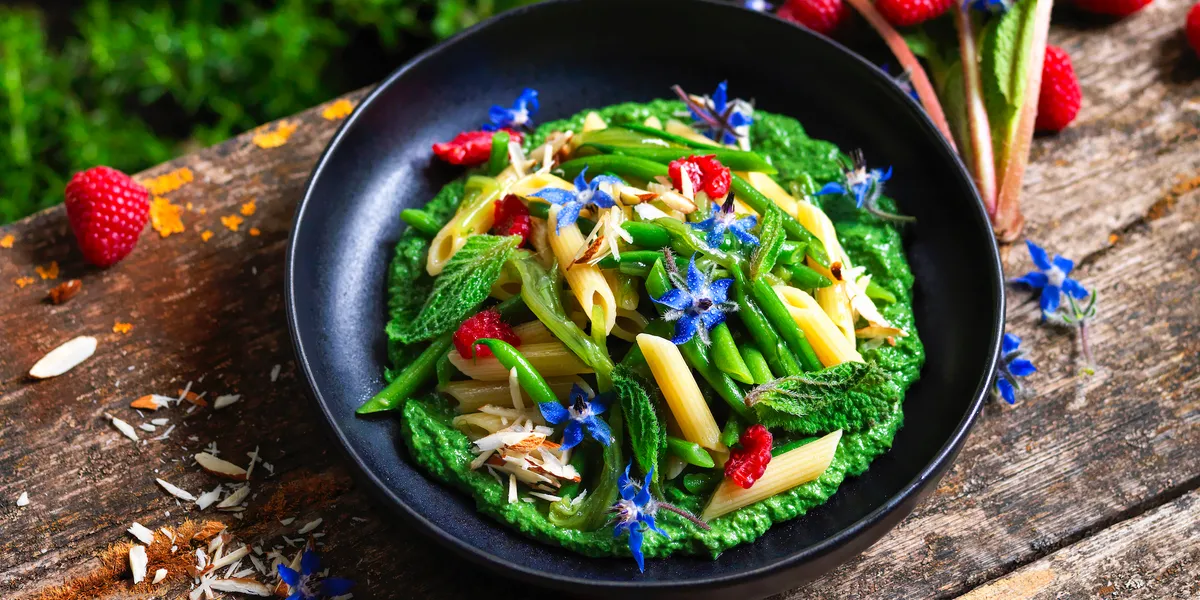
Moreover, the cucumber-flavored leaves of the borage plant can be chopped up and added to salads, soups, dips, and sauces. When used fresh, they provide a refreshing and mild cucumber taste, making them a versatile ingredient in the kitchen. Additionally, borage leaves can be infused into oils or vinegars to add a subtle hint of flavor to dressings and marinades.
Medicinal Benefits of Borage
**Medicinal Benefits of Borage**
Borage, with its vibrant blue flowers and cucumber-flavored leaves, is not only a delightful addition to gardens but also a valuable herb with a long history of medicinal use. Rich in gamma-linolenic acid (GLA), borage oil extracted from the plant’s seeds is renowned for its anti-inflammatory properties and is commonly used to alleviate symptoms of various skin conditions like eczema and dermatitis.
In addition to its anti-inflammatory effects, borage is also considered a natural mood booster. The plant’s leaves and flowers contain compounds that may help reduce stress and anxiety levels, contributing to overall mental well-being. Furthermore, borage is believed to support cardiovascular health by lowering blood pressure and cholesterol levels, making it a versatile herb with a wide range of potential health benefits.
Companion Plants for Borage
When considering companion plants for borage in your garden, it’s essential to select varieties that will enhance the growth and overall health of the borage plant. One excellent companion for borage is strawberries. Borage’s attractive flowers can attract pollinators that will benefit the strawberry plants, leading to better fruit production.
Another great companion plant for borage is tomatoes. Borage’s ability to repel certain pests can help protect tomato plants from damage, while the tomatoes’ taller growth can provide shade to borage, which prefers some protection from intense sunlight. By strategically selecting companion plants for borage, you can create a harmonious and thriving garden ecosystem.
Here is a chart showing some of the best companion plants for birage:
| Companion Plants for Borage | Description |
|---|---|
| Tomatoes | Borage is believed to enhance the flavor and growth of tomatoes while deterring tomato hornworms. |
| Strawberries | Borage attracts pollinators, which can improve fruit set and yield in strawberry plants. |
| Cabbage Family | Borage may help repel cabbage worms and caterpillars, benefiting plants like cabbage, broccoli, and kale. |
| Squash and Cucumbers | Borage can attract pollinators and beneficial insects, aiding in pollination and pest control for squash and cucumber plants. |
| Beans and Peas | Borage may improve the growth and flavor of legumes like beans and peas while attracting beneficial insects. |
| Herbs (e.g., Thyme, Sage) | Borage can enhance the growth of herbs and attract pollinators, promoting overall garden health. |
Pests and Diseases that Affect Borage
Borage is a resilient plant that is relatively pest and disease resistant; however, there are some common issues that can affect its growth. One of the frequent pests that target borage is the spider mite, a tiny arachnid that sucks the plant’s sap, leading to yellowing and wilting leaves. Another pest to watch out for is the borage caterpillar, which can voraciously feed on the plant, causing significant damage if left unchecked.
In terms of diseases, borage is susceptible to powdery mildew, a fungal infection that manifests as a white powdery growth on the leaves, restricting photosynthesis and overall plant health. Root rot can also be a concern, especially in poorly drained soils, leading to wilting, yellowing, and eventual death of the plant. Proper monitoring, good cultural practices, and early intervention can help mitigate these pest and disease issues to ensure a thriving borage crop.
Tips for Attracting Pollinators with Borage
To attract pollinators to your garden, consider planting borage – a popular choice known for its ability to draw in bees, butterflies, and other beneficial insects. Borage’s vibrant blue flowers produce an abundance of nectar, making it a welcome sight for pollinators seeking food sources. By including borage in your garden, you can create a pollinator-friendly environment that supports biodiversity and enhances the health of your plants through increased pollination.
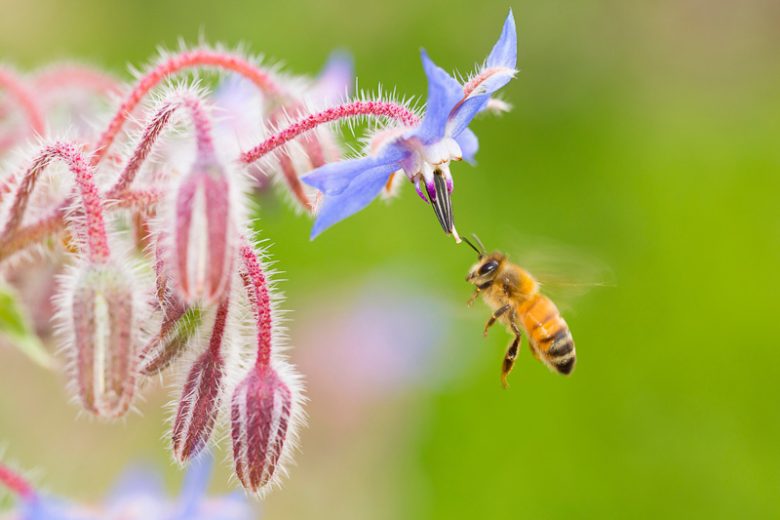
In addition to its attractive flowers and ability to attract pollinators, borage also offers the added benefit of being a versatile herb that can be used in culinary dishes and herbal teas. This dual-purpose plant not only enriches your garden visually but also adds a delightful flavor to your recipes. By incorporating borage into your garden, you can not only enhance pollination but also enjoy the culinary benefits that come with growing this versatile and beneficial plant.
Unique Varieties of Borage
Borage, a versatile herb known for its edible flowers and leaves, offers a variety of unique cultivars that cater to different tastes and gardening preferences. One exceptional variety is the “Alba” borage, featuring stunning white flowers that add a touch of elegance to any garden. These ivory blooms not only provide a visual feast but also retain the same cucumber-like flavor as traditional blue borage flowers. Another distinctive cultivar is the “Variegata” borage, distinguished by its variegated leaves that showcase a delightful mix of green and creamy white hues. This ornamental variety not only charms with its foliage but also offers the same culinary and medicinal benefits as its counterparts.
In addition to the Alba and Variegata varieties, gardeners can explore the “Bianca” borage, which boasts delicate pale blue flowers, creating a softer aesthetic compared to the traditional deep blue blossoms. This cultivar not only enhances visual appeal but also maintains the characteristic mild cucumber flavor, making it a versatile choice for culinary creations and herbal remedies. Whether seeking a unique color palette or a distinct leaf pattern, the diverse array of borage varieties ensures that there is a suitable option for every gardening enthusiast looking to cultivate this beneficial herb.
Learn more about borage by watching this video.
Fun Facts about Borage
Borage, also known as starflower, is not just a pretty plant in the garden; it holds a few fun surprises up its sleeve. Did you know that borage is considered a natural insect repellent? This herb emits a scent that deters pests like hornworms in the vegetable patch, making it a handy companion for other plants. Furthermore, borage flowers are edible and are often used as a garnish in salads or to decorate desserts. Their vibrant blue and pink hues add a splash of color and a subtle cucumber taste to any dish.
In addition to its culinary uses, borage has a long history of being used in traditional medicine. Ancient Greeks and Romans believed that borage had the power to dispel melancholy and bring about courage and cheer. Today, borage oil is a popular supplement known for its anti-inflammatory properties and ability to promote skin health. With its rich past and versatile nature, borage continues to captivate gardeners and herbal enthusiasts alike.
Sustainable Practices for Growing Borage
To ensure sustainable practices in your borage growing endeavors, it’s crucial to focus on organic cultivation methods. By steering clear of synthetic fertilizers and harmful chemicals, you not only promote a healthier environment but also enhance the natural properties of the borage plant. Employing compost and natural pest control methods, such as companion planting, can create a balanced ecosystem that encourages biodiversity and reduces the need for artificial interventions.
Furthermore, practicing water conservation techniques like drip irrigation and mulching can aid in the efficient use of water resources while fostering the growth of robust borage plants. By embracing sustainable practices in your cultivation approach, you not only contribute to the well-being of the environment but also cultivate borage in a way that respects its natural essence and benefits.
Can borage be used as a cover crop in sustainable farming practices?
Yes, borage is an excellent cover crop option as it helps improve soil health, suppresses weeds, and attracts beneficial insects.
How can borage be used to support sustainable gardening practices?
Borage is a great companion plant for many vegetables, herbs, and fruits, helping to repel pests and attract pollinators, thus reducing the need for chemical interventions.
What is the environmental impact of growing borage sustainably?
Growing borage sustainably can have a positive impact on the environment by reducing the use of synthetic fertilizers and pesticides, promoting biodiversity, and conserving water resources.
How can borage be incorporated into permaculture design?
Borage can be integrated into permaculture systems as a dynamic accumulator, nutrient accumulator, and beneficial insect attractant, enhancing overall ecosystem health and resilience.
Are there any traditional or indigenous sustainable practices related to growing borage?
In some cultures, borage has been historically used in sustainable agriculture practices such as crop rotation, intercropping, and natural pest control methods, highlighting its value in traditional farming systems.

